In order to answer your request, we are obligated to process the data given above. Sometimes, however, we would like to use them for slightly different purposes, such as statistical data or informing you about our new products and services.We promise that we will use the given information for communication purposes only. We also remind you that you can unsubscribe from our mailing at any time (see Privacy Policy).
As an ecommerce seller, packaging and shipping are unavoidable expenses.
Getting your customer's order from A to B and doing it safely is integral to your business. Cutting corners will only result in disgruntled customers wanting their money back and your brand's image and reputation being compromised.
So how can small to medium-sized ecommerce brands lower the amount they spend on packaging supplies without cutting corners?
You can find the answer in areas such as design, materials and distribution itself.
And in this article, we'll tell you more about that, as well as:
- Lowering packaging costs with the right supplier
- How your people can save you money
- Optimising existing processes
1 - It's a people problem. Maybe.
Processes, documentation and materials can be overhauled, rewritten and optimised time and time again. But all these elements are only as good as the people that use them. To be more precise, they're only as good as the training of the people that use them.
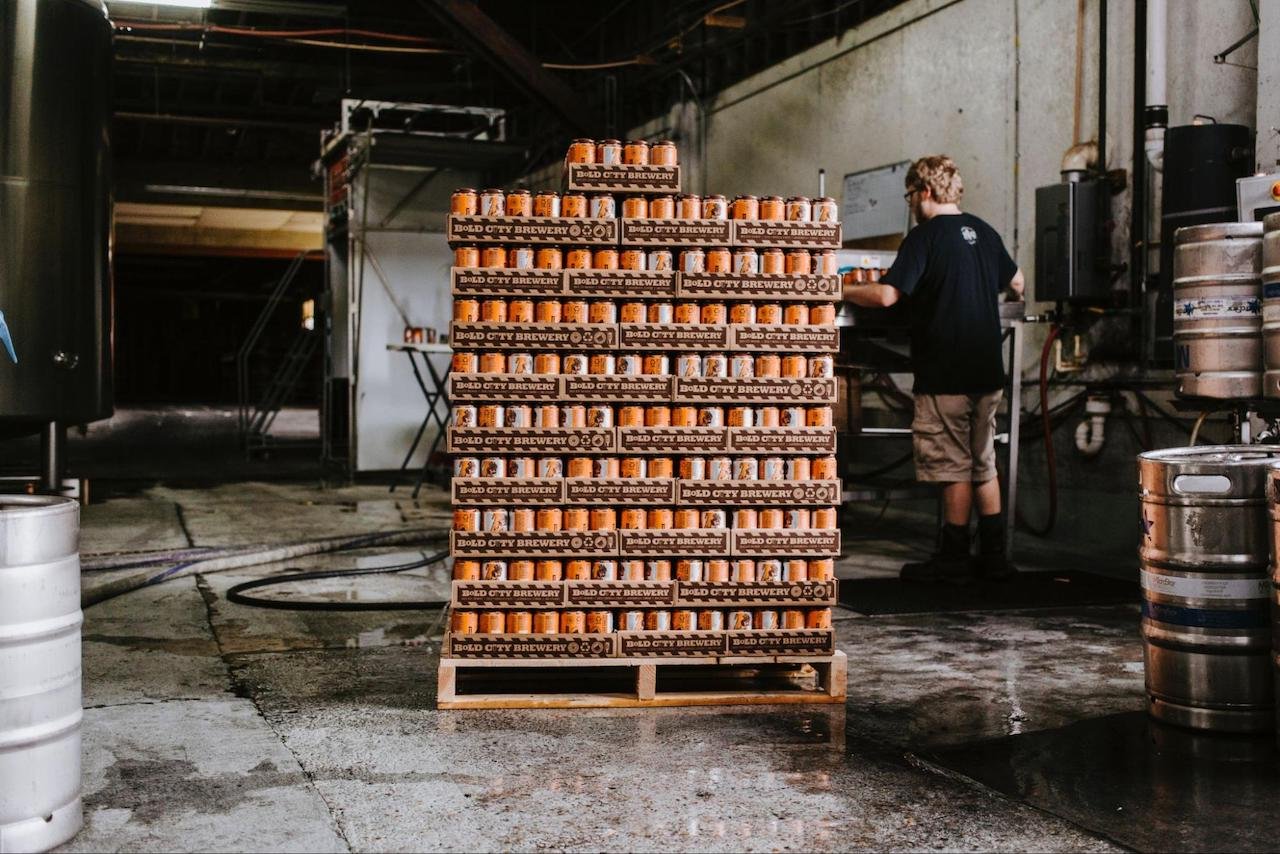
Local OH&S regulations must be abided by, no questions asked. So it's your responsibility to ensure that all staff know those rules and abide by them. Documentation may be required for machinery or repetitive processes, so double down on the necessity and use that documentation as a way to onboard and upskill new employees.
Documentation also helps you take a step back and look at the processes.
The main point is this: Ensure that your staff are as skilled as they need to be, and you'll find the fulfilment aspect of your business working much more efficiently.
2 - Use the right equipment
Tools and equipment that are suited for a specific job are precisely that - not suitable.
Just because you can use a broom to wrap plastic around a pallet doesn't mean you should because when the broom breaks, you're without a way to wrap a palette - and a broom.
Machinery that's not suited for the job and machinery that's not in prime working condition is a money pit. It will break down more frequently, take longer to repair, and cost more to do so.
Using the right equipment applies to your packaging supplies, too. Using a box that's larger than it needs to means more expenses in the form of void fill or an increased chance of the contents being damaged in transit.
3 - Follow stock closer
Businesses rarely go under because they have no assets - they go under because cash flow is stifled. Too much inventory that's sitting on shelves means cash is tied up. And with each product stuck on the shelf, there's an accompanying form of packaging that's also waiting on the shelf, also sucking up cash.
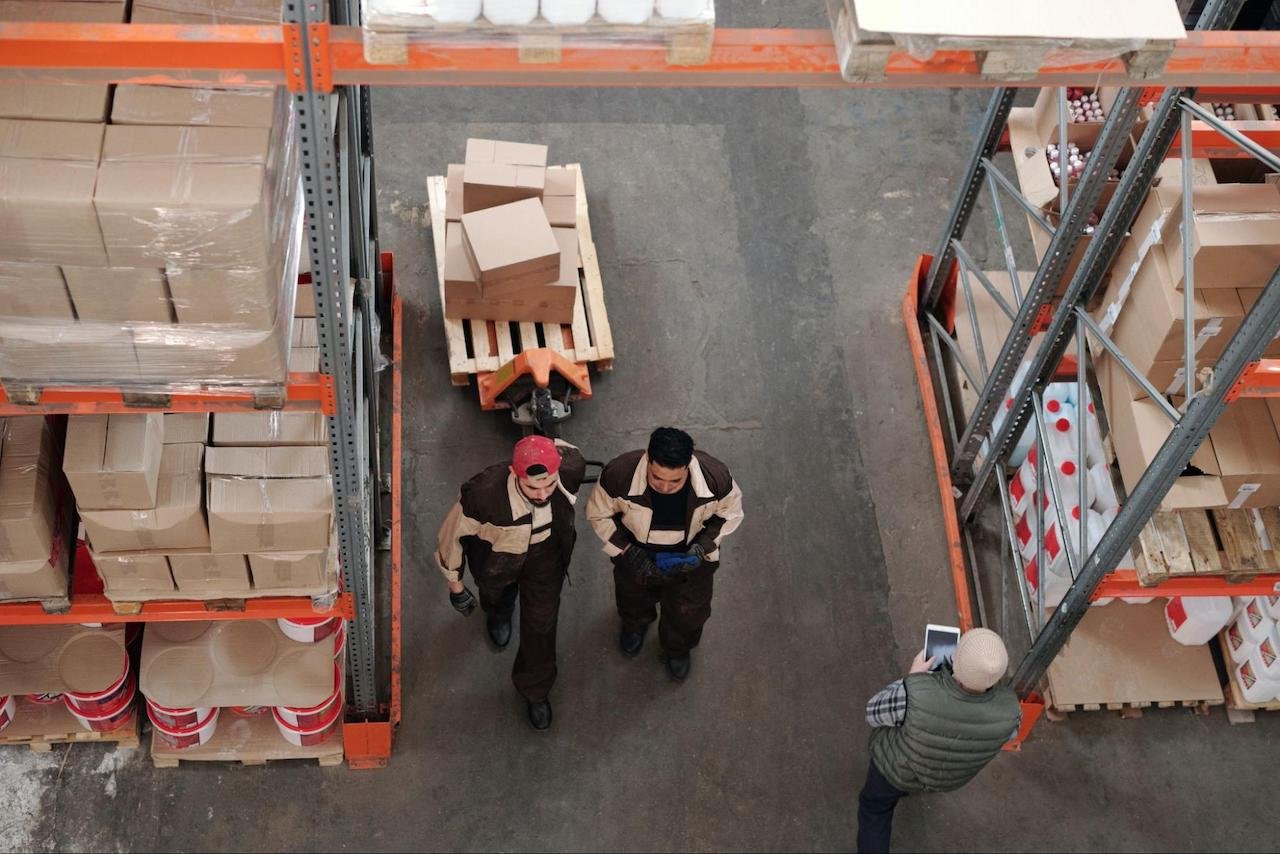
There's enough work to balance the product in inventory and packaging in inventory, let alone ensuring that the value of everything on the shelves is liquid enough. There's then the balancing act of having enough stock to keep up with demand and not having to put things on backorder.
So as you can see, inventory management is a bit of a lost art - or, at the very least, an underappreciated one.
Knowing packaging lead times and cycle times can help you manage your stock better, ultimately avoiding costly delays and express shipping costs. Using an inventory management system that automatically triggers when certain thresholds are hit will also help automate a labour-intense process. With software doing the heavy lifting of your inventory management, you'll spend less time tracking numbers and more time doing what's essential.
What's more, you'll also make better use of the space in your warehouse facility.
4 - Optimise your packaging design
When launching an ecommerce brand, the packaging design is often left to the last minute. And it's easy to see why. Managers easily get sucked into the product, the website and the processes around everything.

As a result, sub-standard packaging solutions are implemented at the last minute. And many of those solutions are reasonable, but they're adequate at best. Adequate in this sense often leads to wasted material, excess waste, excess weight and more money down the drain.
Many brand managers know this, but their instinct is to go and find a cheaper supplier of the same packaging solution. A fatal mistake, as the problem here lies in the design.
The ideal way to solve this problem is to design your packaging specifically for your product.
Creating your packaging from the ground up and tailoring it for your specific SKUs means there's no wasted space, no excess material and value is optimised. This is why such a packaging solution is often referred to as value-engineered packaging.
5 - Consider multi-function packaging
Another perk of value-engineered packaging is its versatility. Packaging engineers, the specialist that leads the design and creation process, take your product and create packaging for a specific product. But consider this process applied to, let's say, your three most popular products.
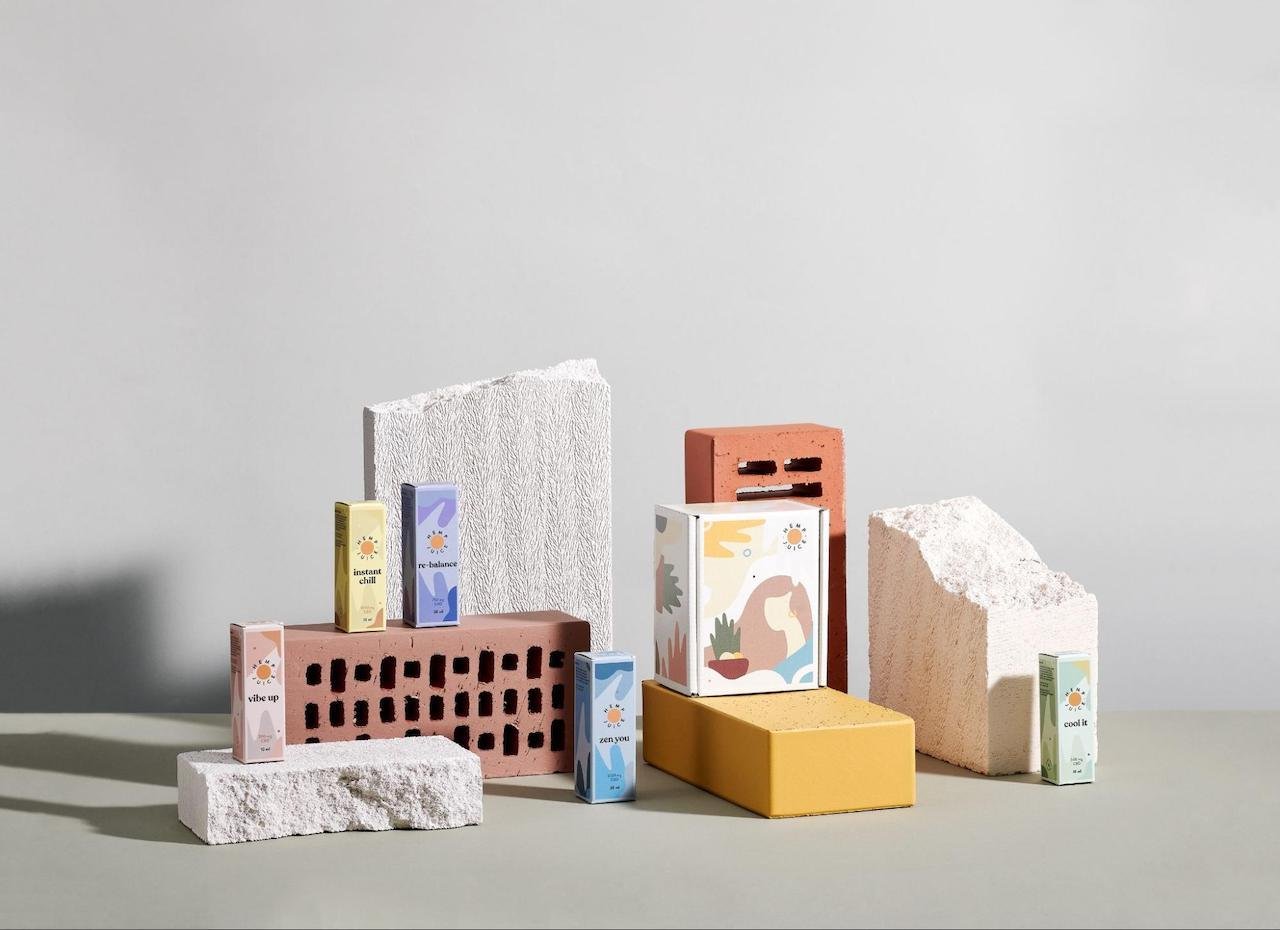
Take those three engineered packaging designs and amalgamate them into one packaging solution. The result is a single packaging solution that's tailored to your three most popular products.
Now, you only need to purchase one packaging SKU for your three most popular SKUs. You can leverage the economies of scale, buy in bulk, and significantly lower the costs of packaging for your three most popular products.
Take this idea further and amalgamate the packaging designs of your five most popular products, or your heaviest products, or your largest products.
This form of multi-function packaging lowers the number of packaging SKUs you need to track while reducing the stress on your supply chain and the risk of errors.
6 - Reduce your number of suppliers
You can further optimise your packaging costs by using a single vendor. Sourcing products from several different vendors is a great way to burn cash and increase potential problems.
If you decide to change one element of your packaging, you must inform multiple suppliers. They then have to accept the changes, and then finally, you have to ensure that the new packaging design all works together.
Using a single vendor eliminates these needs. A single supplier lowers the chances of mistakes that are often both costly and time-consuming to rectify.
7 - Fewer fillers, more inserts
Fillers to take up space inside your box are a great way of adding a touch of class and elegance to your unboxing experience. But when it's used to fill up giant empty sections of space, it's nothing more than an expense dedicated to inadequate design.
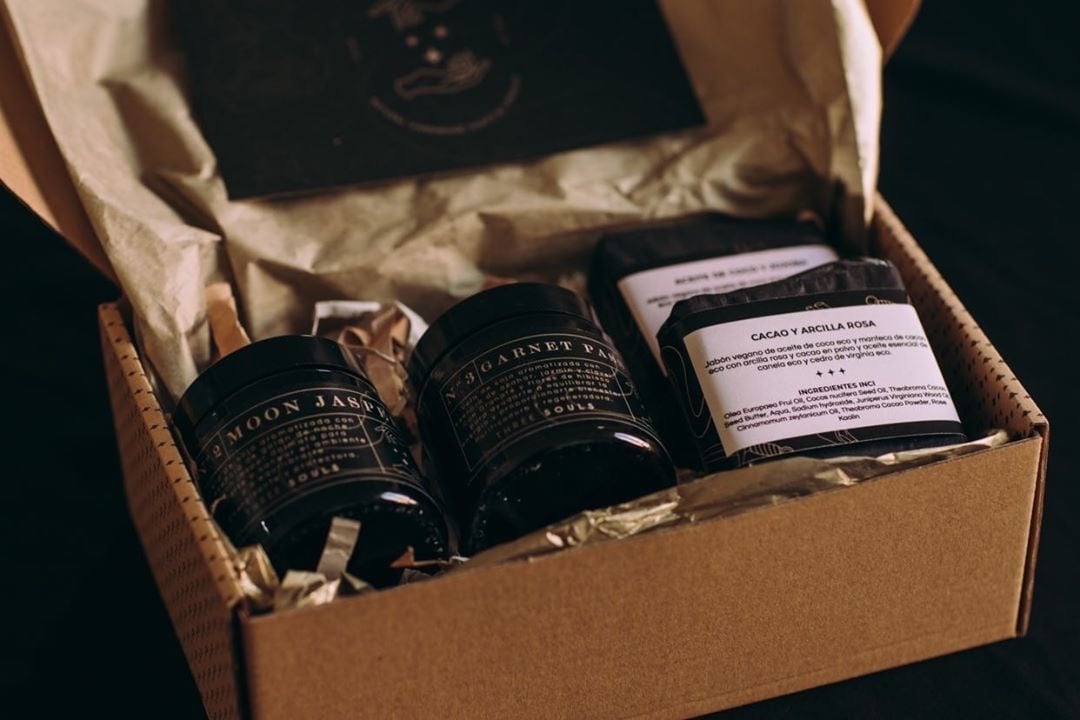
If you can redesign your packaging to eliminate the need for void fill, then you've just cut one more packaging expense that you need to source regularly.
But if this idea of packaging designed specifically for your product isn't an option, then there's an alternative—custom inserts.

Custom inserts are cardboard cutouts that fit inside a standard-sized box and cradle your product in one specific place. They add security, functionality, and an aesthetic appeal to your unboxing experience.
A custom insert for every product also means using a standard, off-the-shelf box without compromising security. You can make a single sized box suit multiple products, meaning fewer box sizes to order and store.
8 - Reduce your packaging weights and costs
Weight and size are the two most significant factors when it comes to the cost of shipping your products to your customers. Too much of either of these things, and your shipping costs skyrocket. So it pays to take steps to reduce the size and weight of your overall shipment where you can.
Durable products like clothing, accessories and other apparel are lightweight and don't always need the protection of a cardboard box. Consider substituting letterbox boxes for shipping envelopes or mailer bags if you sell such items.
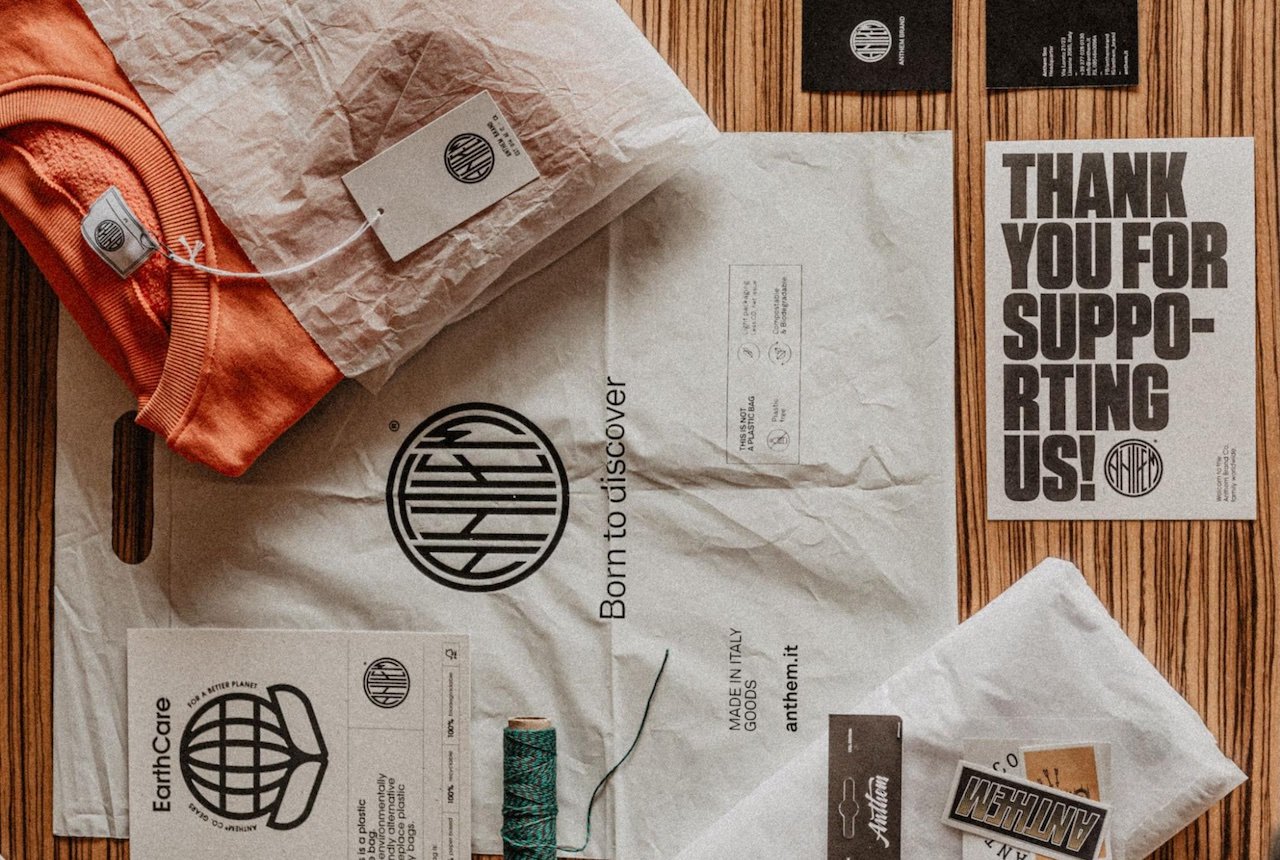
They're water, dust and tearproof and can keep durable items safe throughout the shipping process. There are even biodegradable options that are also compostable.
The main takeaway is that there's not always a need to reinvent the wheel. More often than not, substitution is the best solution. Replacing an existing packaging product with another that performs just as well is a quick and easy way to lower the ongoing costs of your packaging.
Conclusion
Lowering your packaging costs isn't about reinventing the wheel or using cutting edge technology. More often than not, you can find savings by refining what you're already using and tailoring options specifically for your purpose.



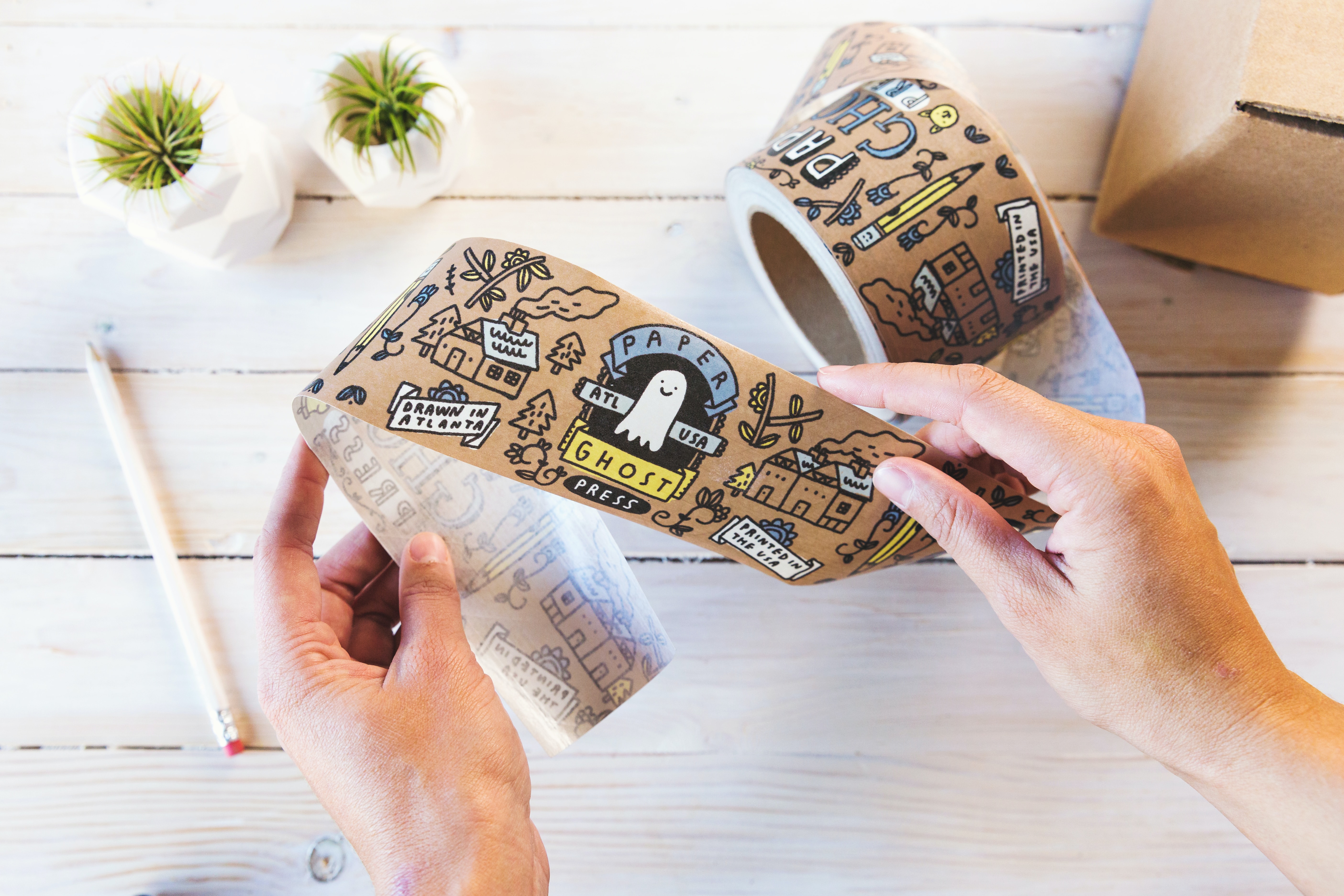
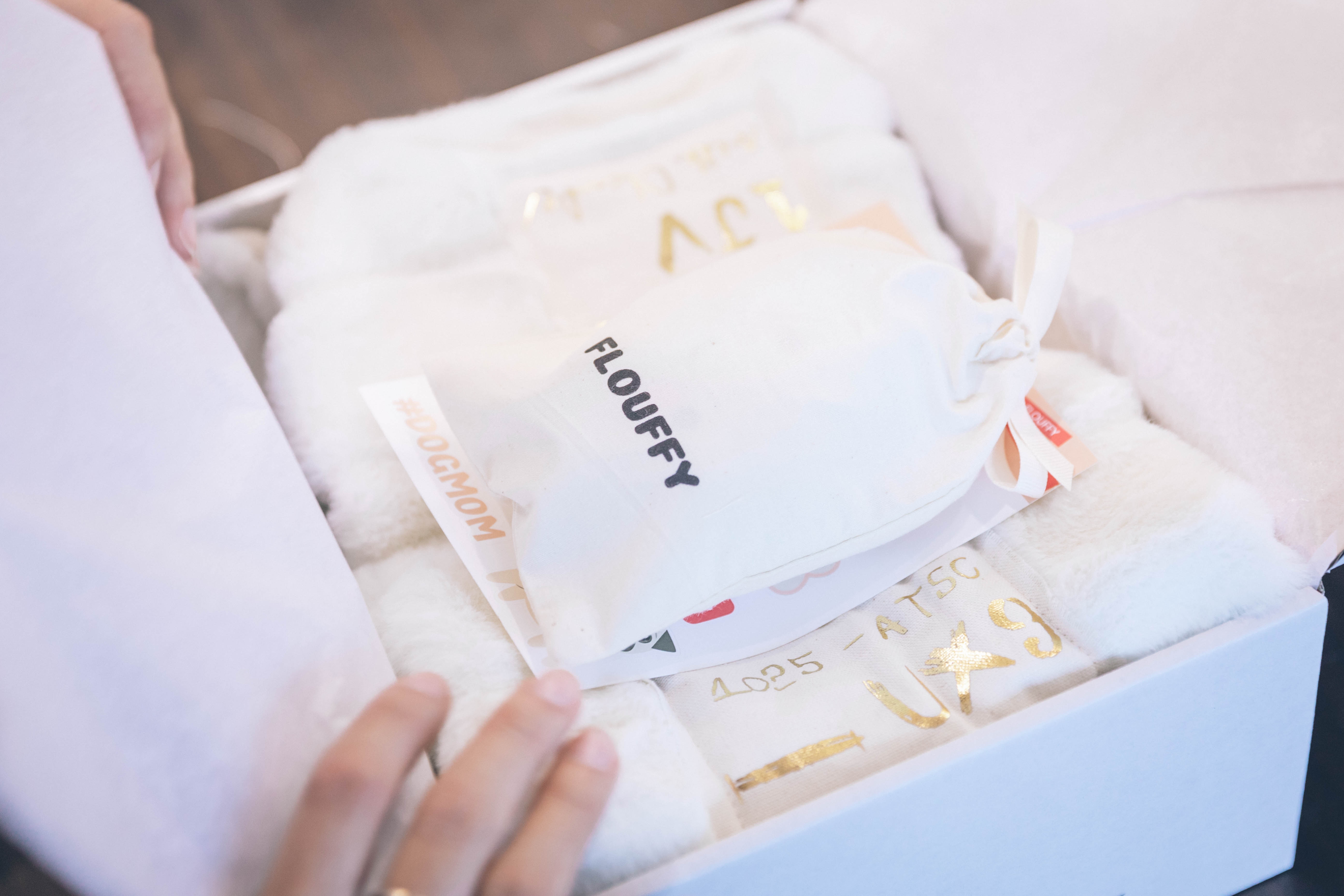
.png)